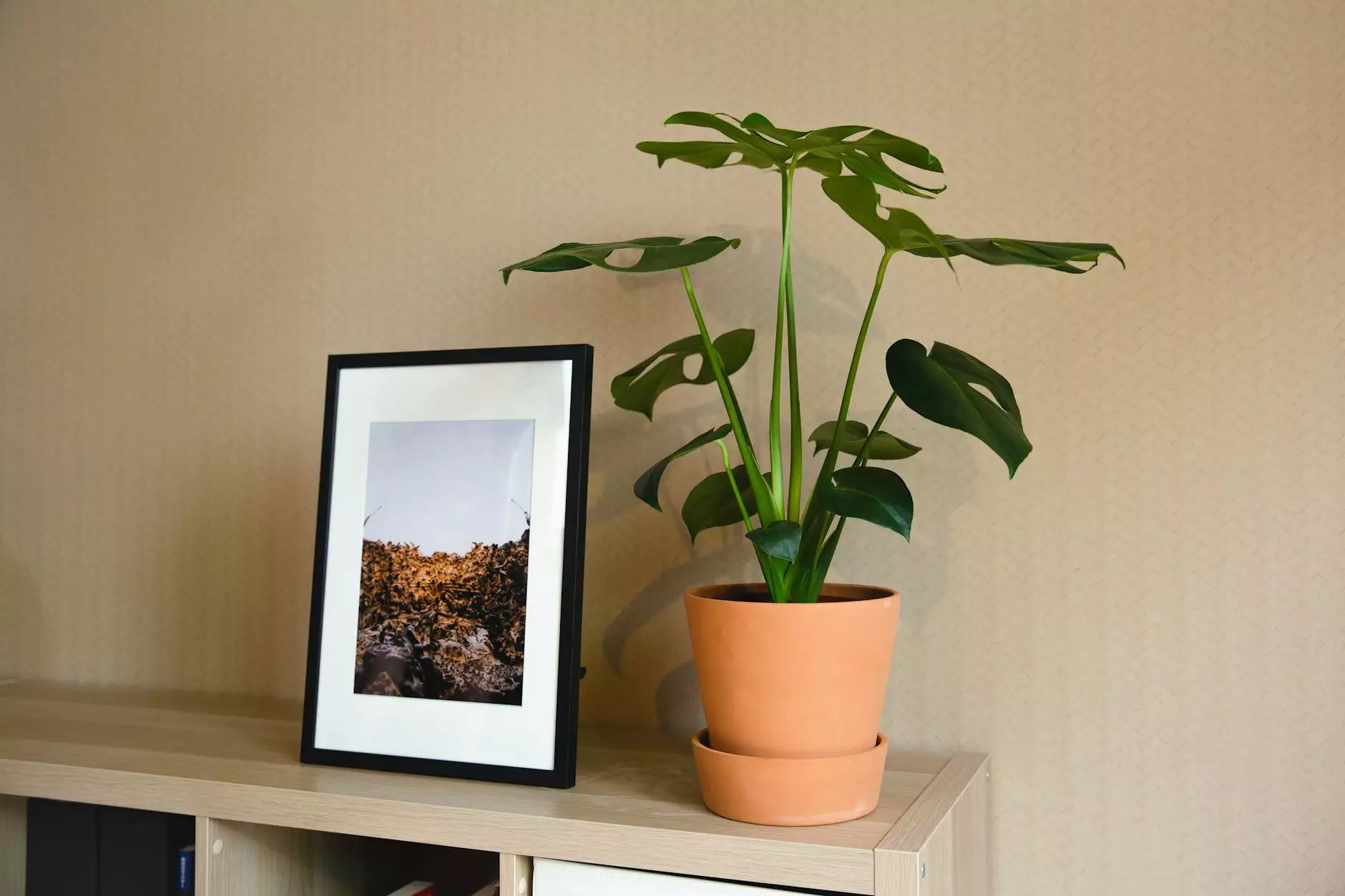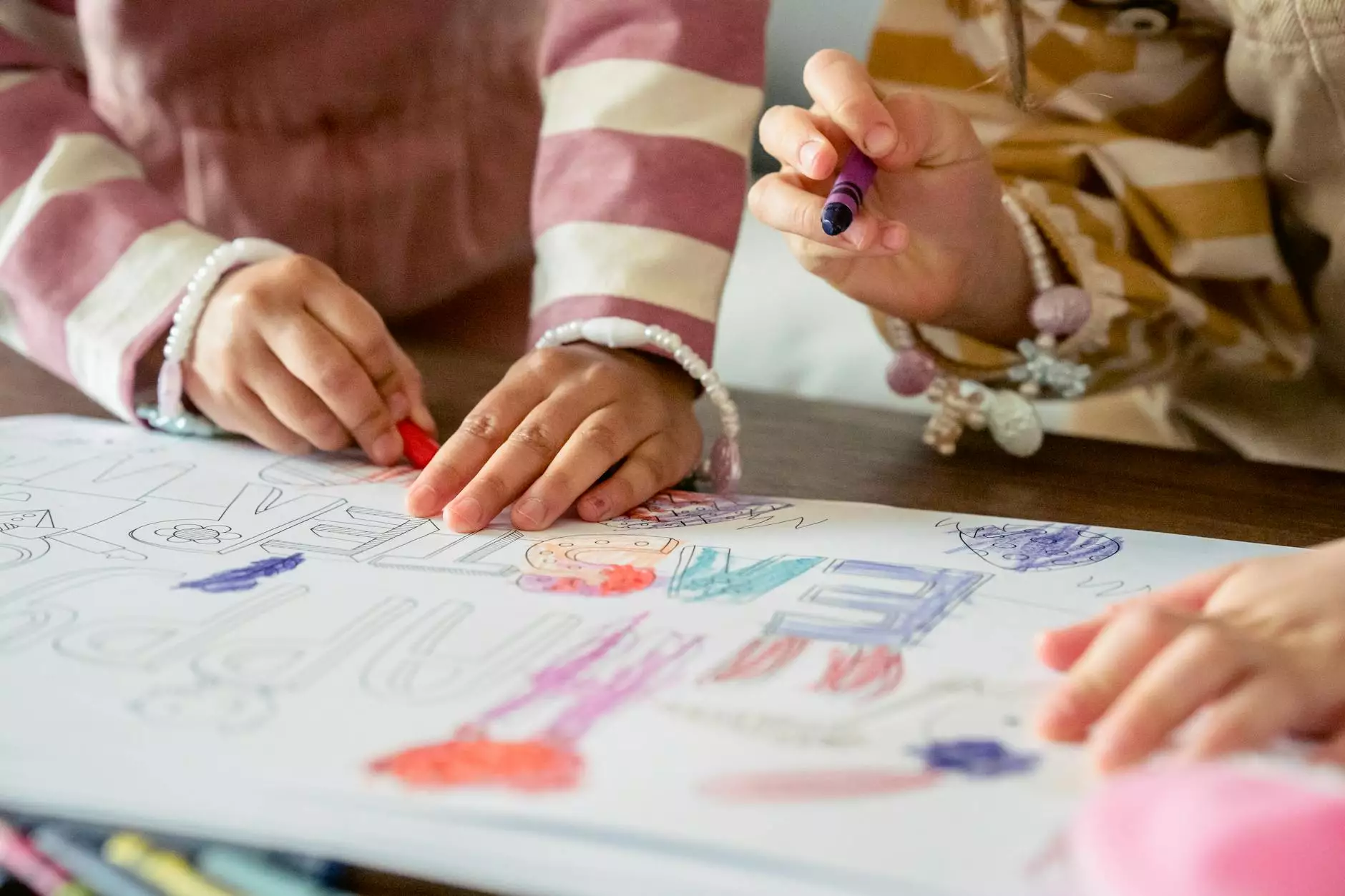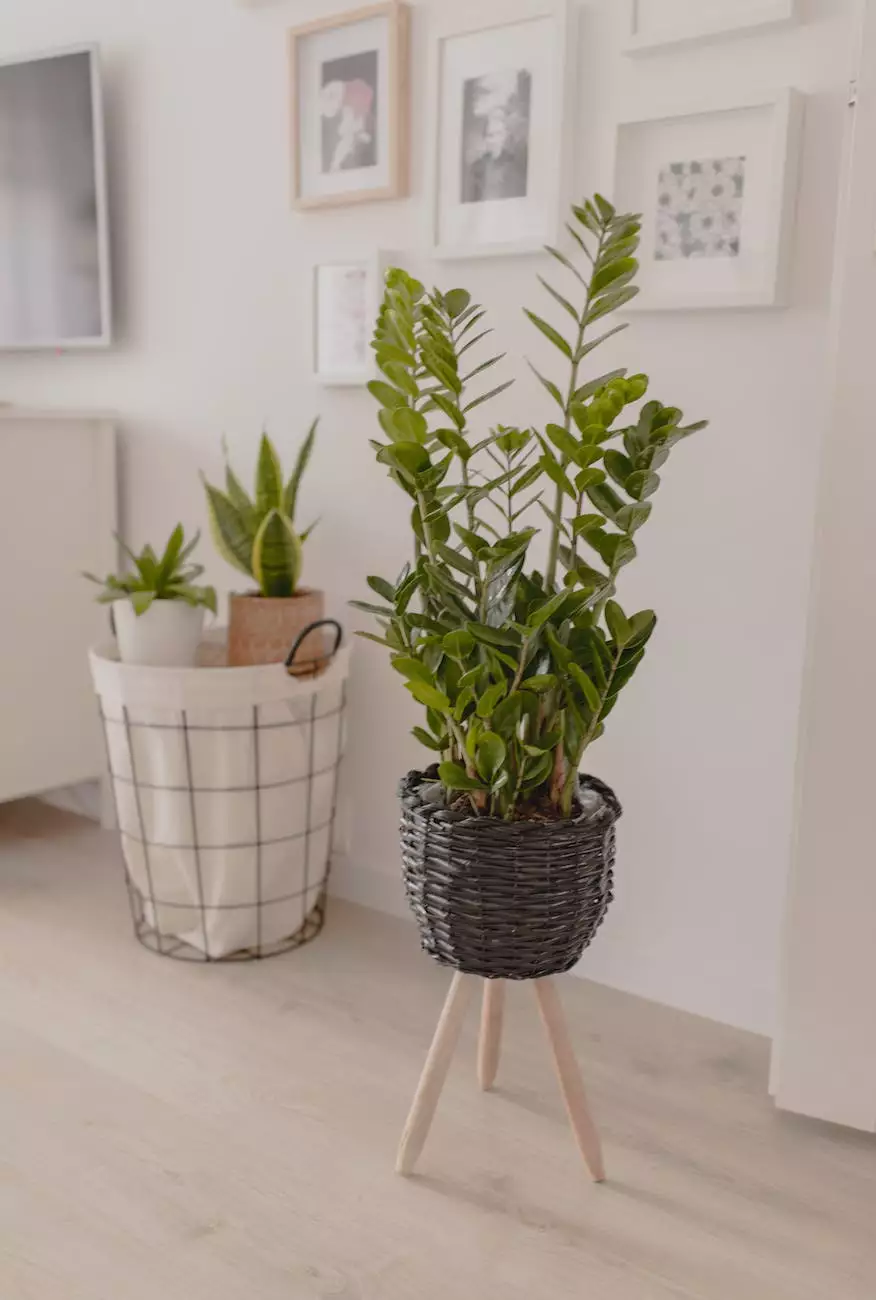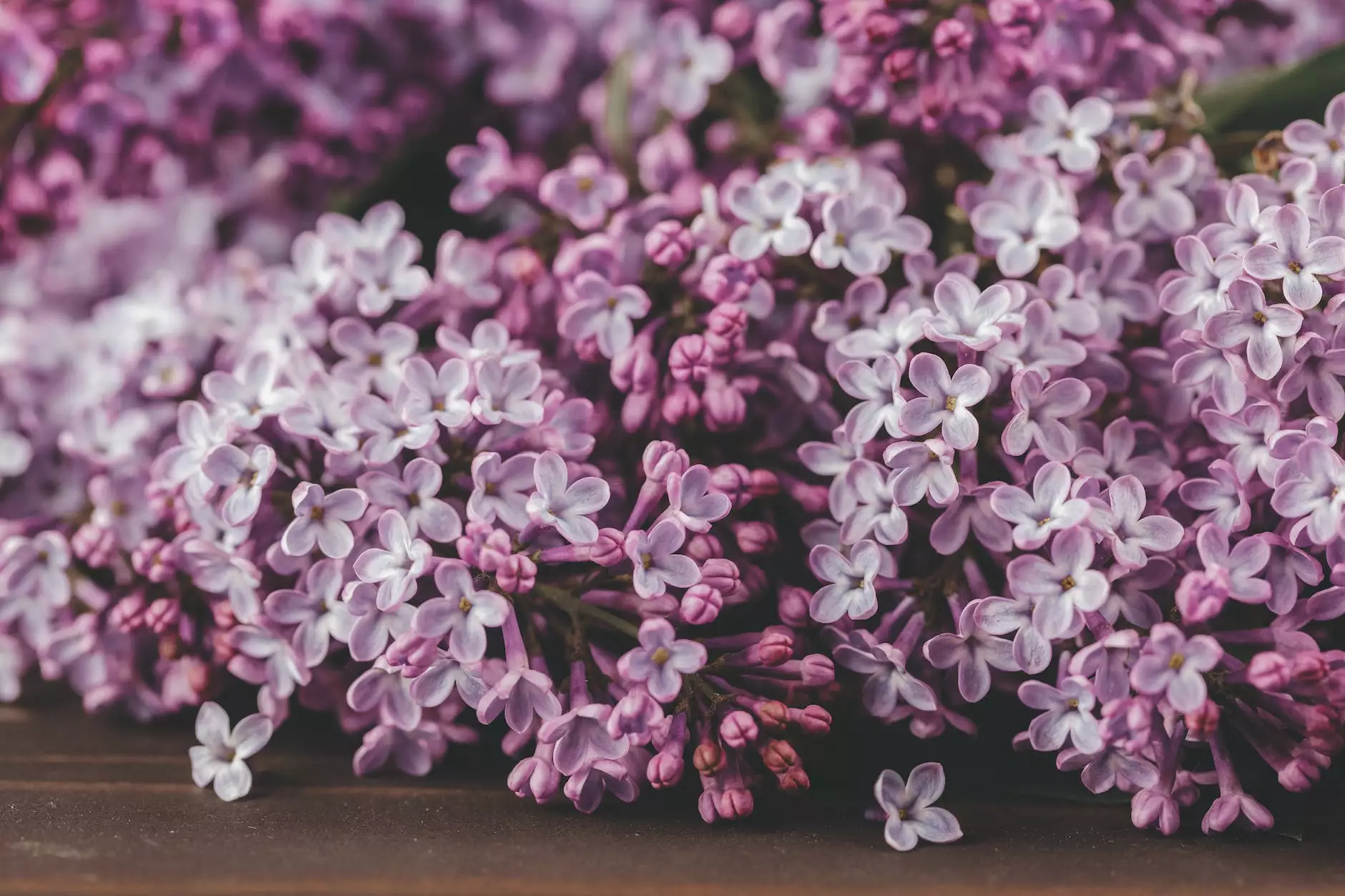Solutions to Houseplant Diseases

Welcome to La Venezia Art & Fashion, your trusted source for high-quality houseplants and expert care advice. In this comprehensive guide, we will walk you through various houseplant diseases and provide you with effective solutions to ensure the health and vitality of your beloved plants.
Common Houseplant Diseases
Houseplants are susceptible to various diseases caused by pests, fungi, and environmental factors. By understanding these diseases and taking proactive measures, you can prevent and treat them, ensuring that your indoor garden thrives year-round.
1. Powdery Mildew
Powdery mildew is a common fungal disease that affects many types of houseplants. It appears as a white, powdery substance on the leaves, stems, and flowers of plants. To combat powdery mildew, you can:
- Remove infected leaves and dispose of them properly.
- Increase air circulation around your plants by positioning them in a well-ventilated area.
- Avoid overwatering, as damp conditions promote fungal growth.
- Apply a fungicide specifically designed to tackle powdery mildew.
2. Leaf Spot
Leaf spot is another common houseplant disease characterized by dark, circular or irregularly shaped spots on the leaves. These spots can be caused by bacteria or fungi. Here's what you can do to address leaf spot:
- Prune infected leaves and improve air circulation.
- Maintain proper humidity levels, as excessive moisture can contribute to leaf spot development.
- Apply a suitable fungicide to control the spread of the disease.
- Always water your plants at the soil level, avoiding leaf wetness.
3. Root Rot
Root rot is a serious condition that affects the roots of houseplants, leading to their decay. It is usually caused by overwatering and poor drainage. To prevent and treat root rot, follow these steps:
- Ensure proper drainage by using well-draining potting soil and pots with drainage holes.
- Avoid overwatering your plants and allow the soil to dry out between waterings.
- If root rot has already set in, remove the affected plant from its pot, trim away the damaged roots, and repot it in fresh, dry soil.
- Consider using a natural anti-fungal solution to promote root health.
Providing Optimal Conditions for Houseplants
In addition to addressing specific diseases, it's vital to create a favorable environment for your houseplants. By meeting their essential needs, you can help promote overall plant health and resilience. Here are some key factors to consider:
1. Light and Temperature
Most houseplants thrive in bright, indirect light, while some prefer low light conditions. Be sure to research the specific light requirements of your plants and position them accordingly. Additionally, maintaining appropriate temperature levels is crucial, as excessive heat or cold can stress your plants.
2. Watering and Humidity
Proper watering techniques are essential for houseplant health. Each plant has unique water requirements, so familiarize yourself with their needs. Overwatering can lead to root rot, while underwatering can cause wilting and nutrient deficiencies. Moreover, certain plants thrive in higher humidity, so consider using a humidifier or misting their foliage regularly.
3. Nutrition and Fertilization
Supplying your houseplants with adequate nutrients is crucial for their growth and vitality. Use a high-quality potting mix that provides essential nutrients and consider fertilizing your plants with a balanced, water-soluble fertilizer according to the instructions. Be mindful not to over-fertilize, as it can damage your plants.
Conclusion
By implementing the solutions and guidelines outlined in this comprehensive guide, you can successfully prevent and address common houseplant diseases. Remember to closely monitor your plants for any signs of trouble, provide optimal growing conditions, and promptly act upon any issues that arise. At La Venezia Art & Fashion, we are dedicated to ensuring the health and longevity of your houseplants. For further assistance, feel free to reach out to our team of experts, who are always ready to help.










